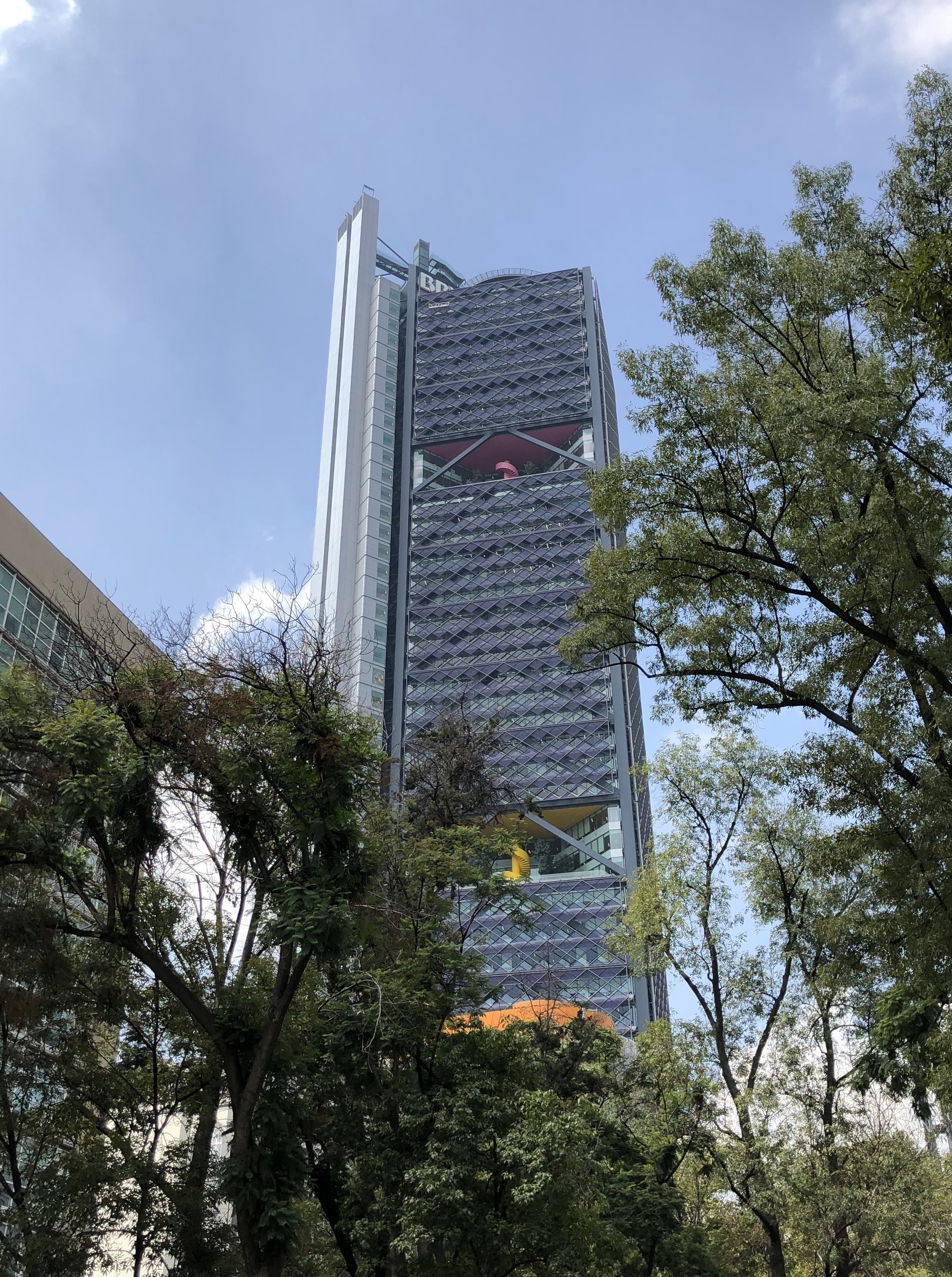The New York times published not one, but two excellent pieces this week that explore the transformative power of deprioritizing cars and prioritizing pedestrians and bikers on our streets. Although New York likes to think of itself as a great city like Paris, London, or Vancouver, New York has fallen dramatically behind on improvements to the urban space. I liked these two pieces because they harness our imagination to show how small improvements (a repainted street, a bike bridge) could help shape the city in which we all deserve to live.
Diagram showing how space that’s currently devoted to cars could be shifted to create more space for pedestrians (nytimes)
A diagram of a complete street - with room for pedestrians, bikers, buses, shared transit (taxis), and cars (nytimes)
Pre street improvements (nytimes)
Post improvements (nytimes)
I’ve Seen a Future Without Cars, and It’s Amazing - Farhad Manjoo
This is an amazing piece and worth checking out for the powerful graphics alone. I am a firm believer that simple and intuitive graphics (backed up with data and best practices) are one of the simplest ways of advancing the cause for a better city. When people oppose zoning changes or bike lanes, I optimistically believe that deep down they share our mission - a better city - but lack the vocabulary and institutional knowledge required to imagine the potential positive effects of the improvement and the possible negative ramifications of not improving anything. Graphics like this are going to start great conversations - I can’t wait to see where they lead.
I was very interested to see the that the url slug for this article was “ban-cars-manhattan.” The idea of banning cars is one that very few urbanists prescriben to… but one that is often thrown in our faces when we propose changes to the city. Giving the NYTimes the benefit of the doubt, I’d like to think that this was simply the most convenient way of abbreviating this longer headline. But my cynical side thinks the editors were being intentionally inflammatory to attract tens of thousands of angry comments!
New York as a Biking City? It Could Happen. And It Should. - Michael Kimmelman
This article explores a remarkable plan for a 425-mile system of protected bike lanes throughout New York City that was proposed by The Regional Plan Association (boring name but awesome work!). Protected bike lanes are one of the best and cheapest ways to encourage more people to use their bikes to get around. And as has been demonstrated by cities like Paris, the COVID pandemic is a huge opportunity to grow these bike networks. This was my favorite quote from the article:
Getting through this whole crisis depends on city leaders’ capacity to think ahead, not hunker down. Robert Moses, New York’s storied planning czar, plotted during the depths of the Depression so he could be ready when the money materialized. Whatever else one might say about Moses, he knew how to get stuff done.
Although it’s funny to find inspiration from a reviled planner like Robert Moses, in this he’s right. Now is our time to plan the city we aspire to live in - tomorrow we’ll make it happen.




















